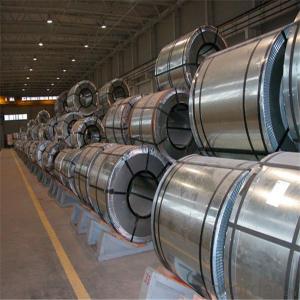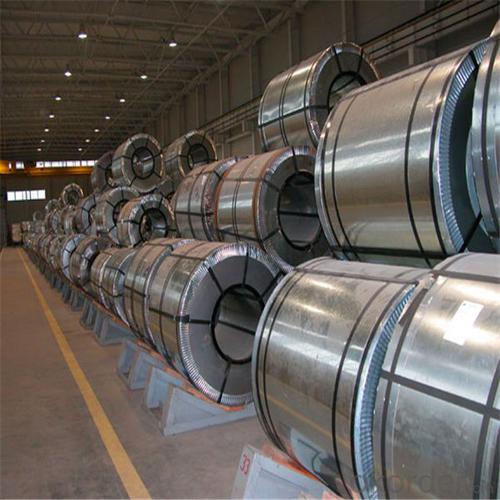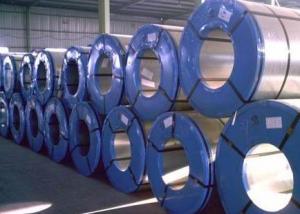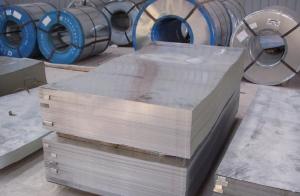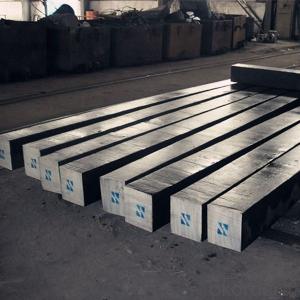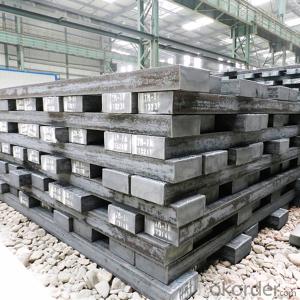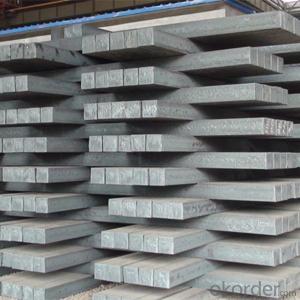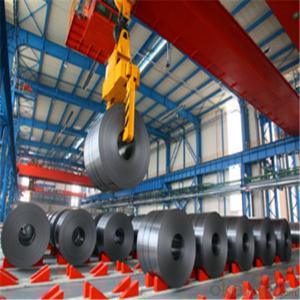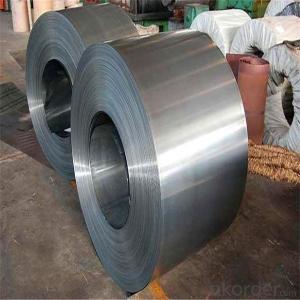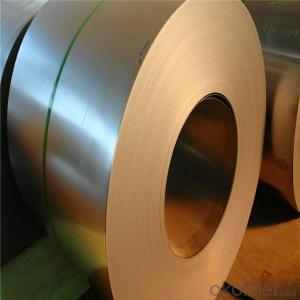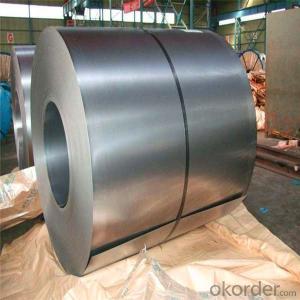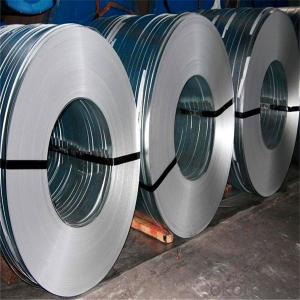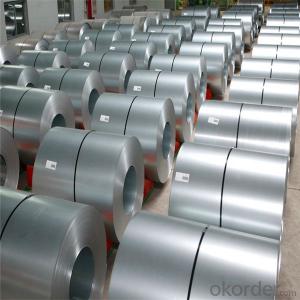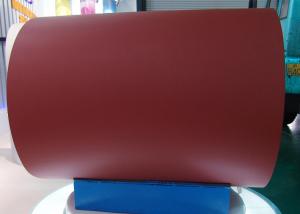Prime Quality SPCD Cold Rolled Steel Sheet/Coil Made in China
- Loading Port:
- China main port
- Payment Terms:
- TT OR LC
- Min Order Qty:
- 20 m.t.
- Supply Capability:
- 50000 m.t./month
OKorder Service Pledge
OKorder Financial Service
You Might Also Like
Specification
Prime Quality SPCC Cold Rolled Steel Sheet/coil
Usage: Widely used to appliance,automobile industry or other decoration usage.
Certificate: ISO9001
Packing Details: Wrapped by water proof paper and plastic film.Covered with iron sheet,strapped by steel strips to protect the damage under transportation.
Details please check following format
Brief Introduction
Cold rolled steel coil is steel that has been worked below its recrystallization temperature by passing it between a pair of rollers. Recrystallization temperature is the temperature at which grains in the lattice structure of the metal have been rearranged, leaving it free of strain and deformations. Cold rolled steel coil is pre-treated before being cold rolled with a process known as pickling, which uses strong acids to remove scale and other impurities. The cold rolled steel coil is then passed through rollers to reduce its thickness. Most cold rolling takes place in multiple passes and as the size of the cold rolled steel coil is further reduced, its strength and hardness both increase, but its ductility decreases. After cold rolling, heating the metal up in a process known as annealing can restore some of its ductility. The final cold rolled steel coil may be manufactured in the form of sheets, strips, bars, or other forms.
Products Picture:
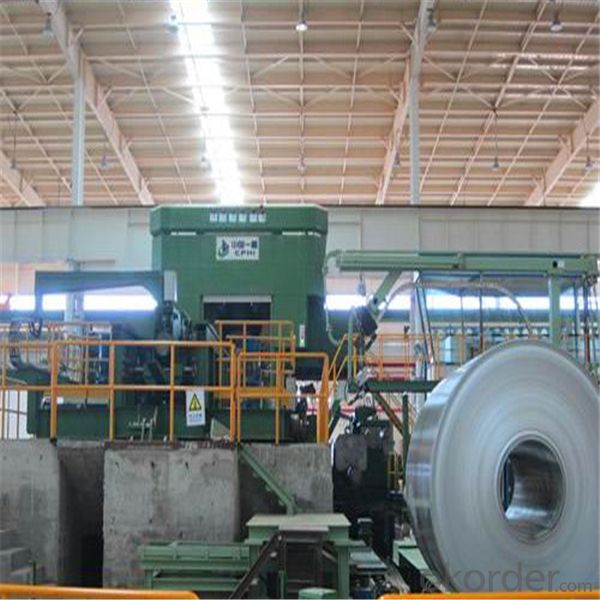
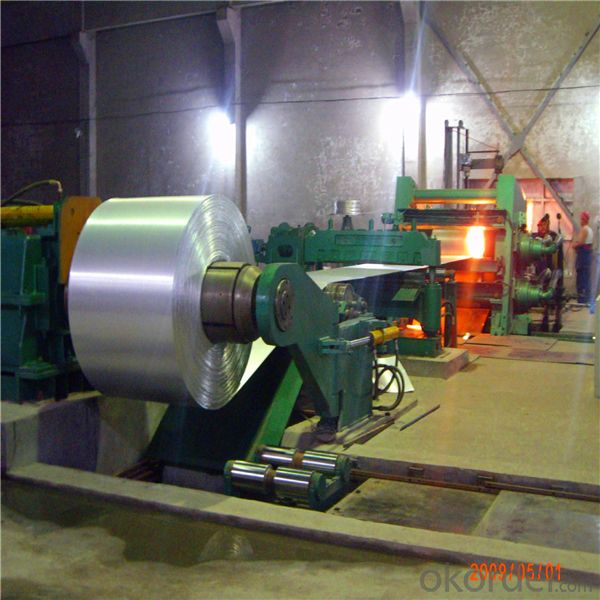

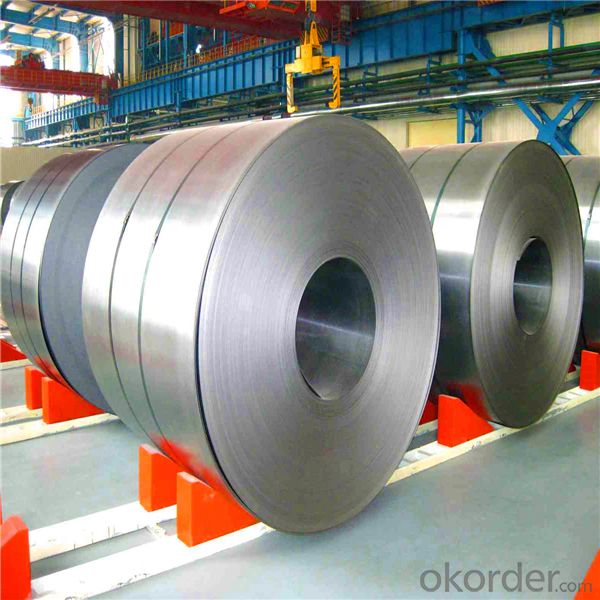
1)Size: Thickness 0.4mm to 3.0mm, width 914mm to 1500mm.
2)Length: Any size or in coil
3)Material grade: SPCC, SPCC-SD
4)Standard: GB / JIS / DIN
5)Package: Waterproof paper with steel pallet.
6)Delivery time: Within 15days.
7)Passed ISO9001 CERTIFICATE
FAQ
1. Q: Where is your company located? How can I visit there?
A: Our company is located in Beijing, China. Welcome to visit us.
2. Q: Can I get sample and how long will it take?
A:Yes. We can supply sample. And you need to pay for courier.
3. Q: What's the MOQ?
A: Our MOQ is 25mt.
4. Q: What's the delivery time?
A: It will take about 30 days after TT or L/C.
5. Q: What is the payment terms?
A: T/T, L/C at sight
6. Q: How does your factory carry out quality control?
A: We attach great importance to quality control.Every part of our products has its own QC.
7. Q: What certificate do you have?
A: We have SGS, ISO9001 etc.
- Q: How is steel used in the production of medical equipment?
- Steel is commonly used in the production of medical equipment due to its strength, durability, and resistance to corrosion. It is used in surgical instruments, implantable devices, hospital beds, and various other medical tools and equipment.
- Q: What are the different types of steel beams used in building structures?
- There are several different types of steel beams commonly used in building structures, including I-beams, H-beams, and C-beams. These beams vary in shape and size, with I-beams being the most commonly used due to their versatility and strength. H-beams are similar to I-beams but have wider flanges, providing additional support for larger structures. C-beams, also known as channel beams, have a C-shaped cross-section and are often used as support elements in smaller structures or as framing members.
- Q: How are steel products used in the manufacturing of consumer goods?
- Steel products are used in manufacturing consumer goods in various ways. Steel is a versatile and durable material that is commonly used to create different components, parts, and structures in consumer products. It can be found in appliances, automobiles, furniture, tools, and even in packaging materials. Steel provides strength, stability, and resistance to wear and tear, making it an essential material in the manufacturing process of consumer goods.
- Q: What are the different types of steel wire ropes and their uses?
- There are several different types of steel wire ropes, including galvanized, stainless steel, and vinyl-coated ropes. Galvanized steel wire ropes are commonly used in outdoor applications as they have a protective zinc coating that helps prevent rust and corrosion. Stainless steel wire ropes are highly resistant to corrosion and are ideal for marine, industrial, and food processing applications. Vinyl-coated steel wire ropes are often used in gym equipment, playgrounds, and other applications where a smooth and protective covering is required to prevent damage. Each type of steel wire rope has its own specific uses and benefits depending on the intended application.
- Q: What are the advantages of using steel in the manufacturing of solar panels?
- There are several advantages of using steel in the manufacturing of solar panels. Firstly, steel is a strong and durable material, which ensures the longevity and reliability of the solar panels. Secondly, steel is readily available and cost-effective, making it an economical choice for mass production. Additionally, steel is highly recyclable, reducing the environmental impact of solar panel production. Lastly, steel's high thermal conductivity allows for efficient heat dissipation, preventing damage to the solar cells and ensuring optimal performance.
- Q: How is steel used in the construction of sports facilities?
- Steel is commonly used in the construction of sports facilities due to its high strength and durability. It is used to create the framework and support structures of stadiums, arenas, and indoor sports halls. Steel's ability to withstand heavy loads and provide long-term structural stability makes it ideal for constructing large spans, roofs, and grandstands. Additionally, steel can be easily fabricated and assembled, allowing for efficient construction processes. Its versatility also enables it to be used in the construction of various sports facility components such as staircases, railings, and bleachers.
- Q: What are the common types of steel products used in the telecommunications industry?
- Some common types of steel products used in the telecommunications industry include steel towers, poles, and cable trays. These products are essential for providing support and infrastructure for telecommunication networks, ensuring efficient transmission of signals and connectivity.
- Q: How is steel used in the production of railway tracks?
- Steel is used in the production of railway tracks due to its high strength and durability. It is used to make the rails, which provide a smooth and sturdy surface for trains to travel on. Steel rails can withstand heavy loads and constant use, ensuring the safety and efficiency of train transportation.
- Q: How does steel pipe coating for marine applications work?
- Steel pipe coating for marine applications works by applying a protective layer or coating on the surface of the steel pipe to prevent corrosion caused by exposure to saltwater, moisture, and harsh environmental conditions. The coating acts as a barrier, preventing the steel from coming into direct contact with corrosive elements. Different types of coatings such as epoxy, polyethylene, or zinc are used depending on the specific requirements of the marine application. This coating process enhances the durability, longevity, and performance of the steel pipe in marine environments.
- Q: What are the different types of steel tanks and their applications?
- There are various types of steel tanks used for different applications. Some common types include above ground storage tanks (ASTs) used for storing liquids such as petroleum, chemicals, or water; underground storage tanks (USTs) typically used for storing hazardous materials or petroleum products; and pressure vessels used in industrial processes for containing gases or liquids under high pressure. Additionally, steel tanks can be categorized based on their design, such as cylindrical, rectangular, or spherical tanks. The specific application of steel tanks depends on factors like the type of material being stored, the required volume or capacity, and the environmental conditions in which they will be used.
Send your message to us
Prime Quality SPCD Cold Rolled Steel Sheet/Coil Made in China
- Loading Port:
- China main port
- Payment Terms:
- TT OR LC
- Min Order Qty:
- 20 m.t.
- Supply Capability:
- 50000 m.t./month
OKorder Service Pledge
OKorder Financial Service
Similar products
Hot products
Hot Searches
Related keywords
